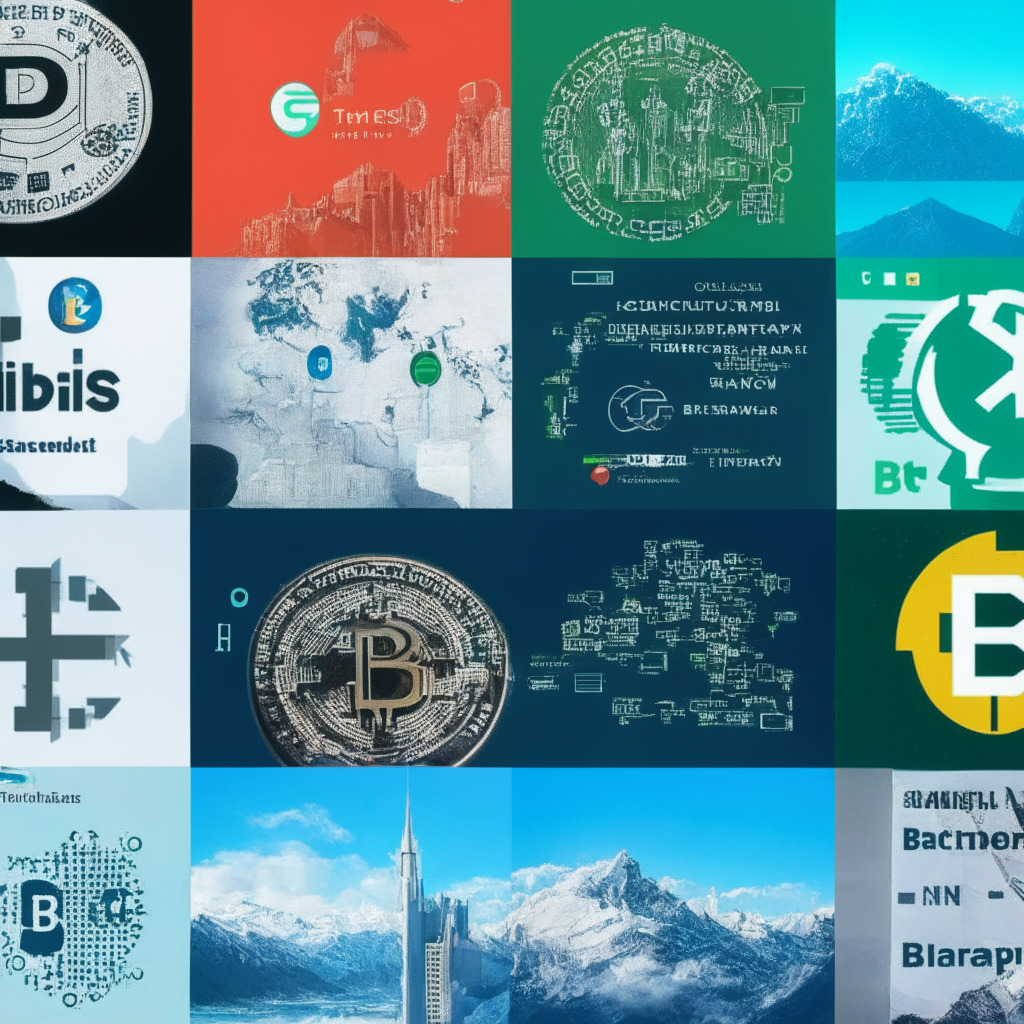Mastercard, the US payment giant, has recently launched a new Web3 solution called “Mastercard Crypto Credential” to bring more trust and credibility to blockchain transactions. This move has stirred skepticism among some enthusiasts and has many questioning the role of centralized entities in the decentralized world of blockchain.
The Crypto Credential seeks to create a set of common standards and infrastructure that will allow for trustworthy interactions between consumers and businesses using blockchain networks. In a blog post published on April 28th, Mastercard stressed the importance of ensuring that all parties involved in blockchain transactions are compliant with defined rules and standards.
However, critics have raised concerns about the centralization aspect of Mastercard’s solution. By partnering with prominent blockchain entities such as Aptos Labs, Ava Labs, Polygon Labs, and The Solana Foundation, it raises questions about the effectiveness of Mastercard’s solution in fostering trust within the wider crypto space. Moreover, skeptics argue that the introduction of easier-to-remember aliases and metadata could potentially compromise the decentralized nature of blockchain transactions. Though these measures may provide a more user-friendly experience, there is a strong argument that they contradict the core principles of decentralization.
On the other hand, Mastercard’s initiative could lead to increased adoption of Web3 technologies by streamlining processes and providing a more user-friendly experience. Advanced verification processes brought by the Crypto Credential may promote further growth and integration of NFTs, ticketing, enterprise, and other payment solutions in the cryptocurrency space.
As Mastercard continues to expand its Web3 exposure, it is not the first time the company has delved into the blockchain space. The company launched projects last October to help traditional financial institutions offer cryptocurrency trading and partnered with Binance to bring crypto prepaid cards to Brazil. Mastercard’s commitment to exploring and enabling Web3 technologies is evident in these ventures, which may indicate its willingness to adapt and contribute positively to this evolving sector.
However, the debate surrounding Mastercard’s Crypto Credential ultimately boils down to the conflict between centralization and decentralization. While Mastercard’s solution could offer increased trust and user experience in blockchain transactions, skeptics can’t help but question the company’s motivations and potential risks associated with centralizing aspects of the decentralized space.
In conclusion, Mastercard’s entry into the Web3 space through the Crypto Credential has sparked a heated debate among blockchain enthusiasts. While the project may demonstrate some practical benefits, it also raises questions about the company’s intentions and impact on the core principles of decentralization. As the blockchain sector continues to grow and evolve, it remains to be seen if solutions like Mastercard’s Crypto Credential will ultimately promote trust or hinder the process.
Source: Cryptopotato
Mastercard Teams Up With Aptos, Polygon, Avalanche, Solana to Strengthen Web3 Foothold




